Por favor, use este identificador para citar o enlazar este ítem:
http://rdcb.cbg.ipn.mx/handle/20.500.12273/752| Título: | Design, Synthesis and Biological Evaluation of New Carboxylic Acid Derivatives as Trans-sialidase Inhibitors of Trypanosoma cruzi |
| Autor: | MUHAMMAD, KASHIF |
| ID del Autor: | 715369 |
| Contribuidor: | RIVERA SANCHEZ, GILDARDO |
| ID del contribuidor: | 111516 |
| Resumen: | Chagas is a lethal chronic disease that currently affects 8–10 million people worldwide, primarily in South and Central America. Trypanosoma cruzi trans-sialidase (TcTS) is an enzyme that is of vital importance for the survival of the parasite due to its key role in the transfer of sialic acid from the host to the parasite surface. Based on molecular docking, molecular dynamics and structure-activity relationship studies, it has been discovered that the trans-sialidase amino acid residues Arg35, Arg245, Arg314, Tyr119, Trp312, Tyr342, Glu230 and Asp59 have the vital importance for the transfer mechanism. The molecules with –NH,– OH and –COOH groups on an aromatic ring could be used as a scaffold for the development of new and potent trans-sialidase inhibitors due to their key interaction with active enzyme sites. In particular, carboxylic acid derivatives have importance over the sugar moiety due to their ease of synthesis and unique structure-activity relationship. In this work we designed one hundred seventy five (175) benzoic acid/carboxylic acid derivatives, para-aminobenzoic acid derivatives (10), 3-amino-3-arylpropionic acids (series A) (15), phthaloyl derivatives of 3-amino-3-arylpropionic acids (series B) (15), 4-carboxyl phthaloyl derivatives of 3-amino-3-aryl propionic acids ( series C) (15), 4-methyl phthaloyl derivatives of 3-amino-3-arylpropionic acids (series D) (15), 3-Nitrophenylcarbamoyl benzoic acid (series E) (25), 4-carboxyphenylcarbamoyl benzoic acid (series F) (25), 4- methylphenylcarbamoyl benzoic acid (series G) (30) and 4-methylcyclohexanecarbamoyl benzoic acid (series H) (30) and their molecular docking studies were performed by AutoDock Vina 5.6 . The 2,3-dehydro-3-deoxy-N-acetylneuraminic acid (DANA), the natural ligand of TcTS was used as a reference with predicted binding affinity -7.8 kcal/mol. Highest predicted binding affinity was shown by compounds C-11 and D-11 (-11.0 kcal/mol). The two dimensional (2D) and three dimensional (3D) interaction of these compounds in catalytic pocket of TcTS showed these compounds have the best orientation in the catalytic pocket and showed the hydrogen bond, π-π stacking, π-cation, π-alkyl and hydrophobic interaction with active amino acid residues of TcTS. The most prominent interaction was found between Tyr119 and Trp312 amino acid mounted at the mouth of catalytic pocket and responsible for the control of substrate into the pocket. All designed, novel compound was synthesised by reported procedures. The FTIR, H NMR and 13C NMR spectroscopy were used to confirm the synthesis of compounds. The –NH, (3400-3600 cm–1), -OH broad (3300-2800 cm–1), -C2O2N (phthalimido) (1770 asymmetric, 1690 symmetric cm-1) and carbonyl (C=O) peak in the range of (1700-1610 cm-1) in FTIR confirmed the presence of the functional group in all series. In the 1H NMR –OH proton shift (10-13 ppm), the –NH proton (7-9 ppm) and proton CH-N of phthalimide in range of 5.80-5.30 ppm also strengthen the synthesis. In vitro biological activity was evaluated at 10 μg/mL to obtain lysis percentage % lysis on trypomastigotes of NINOA and INC-5 strains and LC50 (es correccto LC50 o es IC50??) value of selected compounds were also determined, and commercially available drugs nifurtimox and benznidazole were used as reference drugs. In para-aminobenzoic acid series the compound, three compounds (5, 9, and 10) sharing a para-aminobenzoic acid moiety showed more potent trypanocidal activity than the commercially available drugs nifurtimox and benznidazole in both strains: the lysis concentration of 50% of the population (LC50) was < 0.15 μM on the NINOA strain, and LC50 < 0.22 μM on the INC-5 strain. In the phthaloyl derivatives of 3-amino-3-aryl propionic acids (A-D), most of the compounds showed greater the 80% trypanocidal activity but for the individual strain. The compound ( D-11) showed an equal % lysis (63 ± 8 and 65 ± 6) and LC50 value (18.94 ± 2.70 μg/mL and 16.60 ± 2.36 μg/mL) in NINOA and INC-5 strains, respectively, which is better than reference drugs. In series (E-H), no one compound showed the most prominent trypanocidal activity for NINOA and INC-5 strain. TcTS enzyme inhibition of selected compounds was determined by High-Performance Ion Exchange Chromatography with Pulse Amperometric detector (HPAEC-PAD). The compound F-7, ((2-(2-(4-carboxyphenyl) hydrazine-1-carbonyl) terephthalic acid) showed the 97%, TcTS enzyme inhibition and compounds D-11, (3-(5-methyl-1,3-dioxoisoindolin-2-yl)- 3-(naphthalene-2-yl)propanoic acid) and D-4 (3-(4-hydroxyphenyl)-3-(5-methyl-1,3- dioxoisoindolin-2-yl)propanoic acid) of series D showed the highest 86.9% and 82.5 % TcTS enzyme inhibition, respectively. Further compounds showed the moderate TcTS inhibition value. The other compounds showed |
| Fecha de publicación: | jul-2018 |
| Licencia: | http://creativecommons.org/licenses/by/4.0 |
| URI: | http://rdcb.cbg.ipn.mx/handle/20.500.12273/752 |
| Lenguaje: | eng |
| Aparece en las colecciones: | Tesis |
Ficheros en este ítem:
| Fichero | Descripción | Tamaño | Formato | |
|---|---|---|---|---|
| Tesis Kashif junio 6.pdf | Tesis | 3.97 MB | Adobe PDF | Visualizar/Abrir |
Los ítems de RI-CBGIPN están protegidos por copyright, con todos los derechos reservados, a menos que se indique lo contrario.
